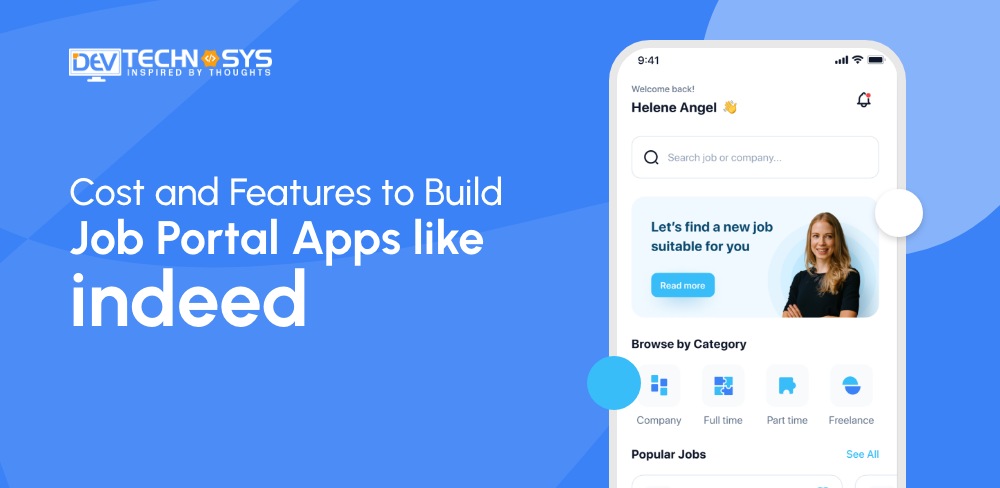Adaptive software development is an Agile approach to software development that focuses primarily on collaboration, flexibility, and continual improvement. It is designed to help custom software development companydeal with the inherent challenges and uncertainty of software development.
This is done by encouraging adaptive and responsive practices. Here's how adaptive software development is implemented:
-
Specification:
- ASD keeps the initial software specification at a very high level and is open to changes throughout development.
- ASD focuses on identifying general requirements and objectives rather than detailed planning.
-
Iteration and Collaboration:
- ASD is based on an incremental and iterative development process. The development is done in short cycles called iterations or timeboxes.
- Teams from different functional areas work together to plan and implement each iteration. Each iteration ends with a fully functional software piece, which allows for feedback from all stakeholders.
-
Feedback and Adaptation:
- ASD relies on continuous feedback. At the end of every iteration, stakeholders review the software delivered and give their input.
- ASD is built on the principle of adaptation. The development process responds to evolving requirements, new insights, and customer demands.
-
Communication and Learning:
- Communication is critical, both within the team and with other stakeholders.
- ASD promotes a mindset of learning. The team uses the knowledge gained from each iteration to improve their approach and make better decisions.
-
Timeboxing:
- In ASD, timeboxing is used to establish fixed deadlines for iterations.
- Each iteration is pre-defined (e.g., 2-4 weeks), and the team commits itself to delivering specific features within this timeframe.
- This method helps to manage expectations and enforces discipline.
-
Risk Management:
ASD puts a high emphasis on managing risk. Early in the project, iterative adaptation and development identify and address uncertainties and potential risks.
-
Features Driven Development:
- ASD follows a feature-driven approach where each iteration is focused on delivering a specific part or functionality.
- Prioritizing features is determined by customer feedback and needs.
-
Continuous Improvement:
- ASD teams regularly reflect on their processes and performances to identify areas of improvement.
- The development process is improved over time using lessons learned from each iteration.
Adaptive Software Development focuses on flexibility, collaboration, and responsiveness to changes. It acknowledges that software is a dynamic and fluid process. Adaptive software development aims to create an environment in which teams can be flexible and provide value to stakeholders.














